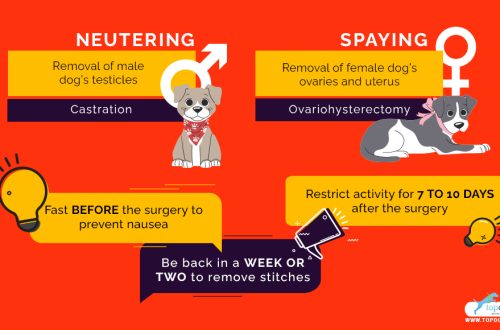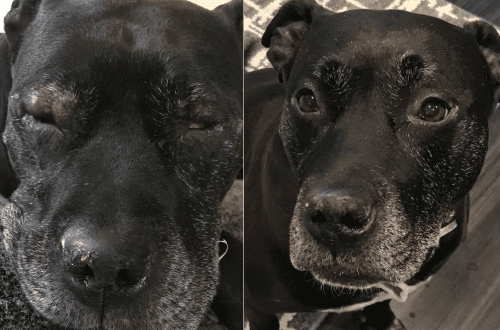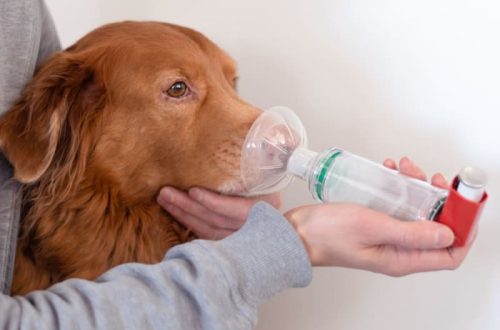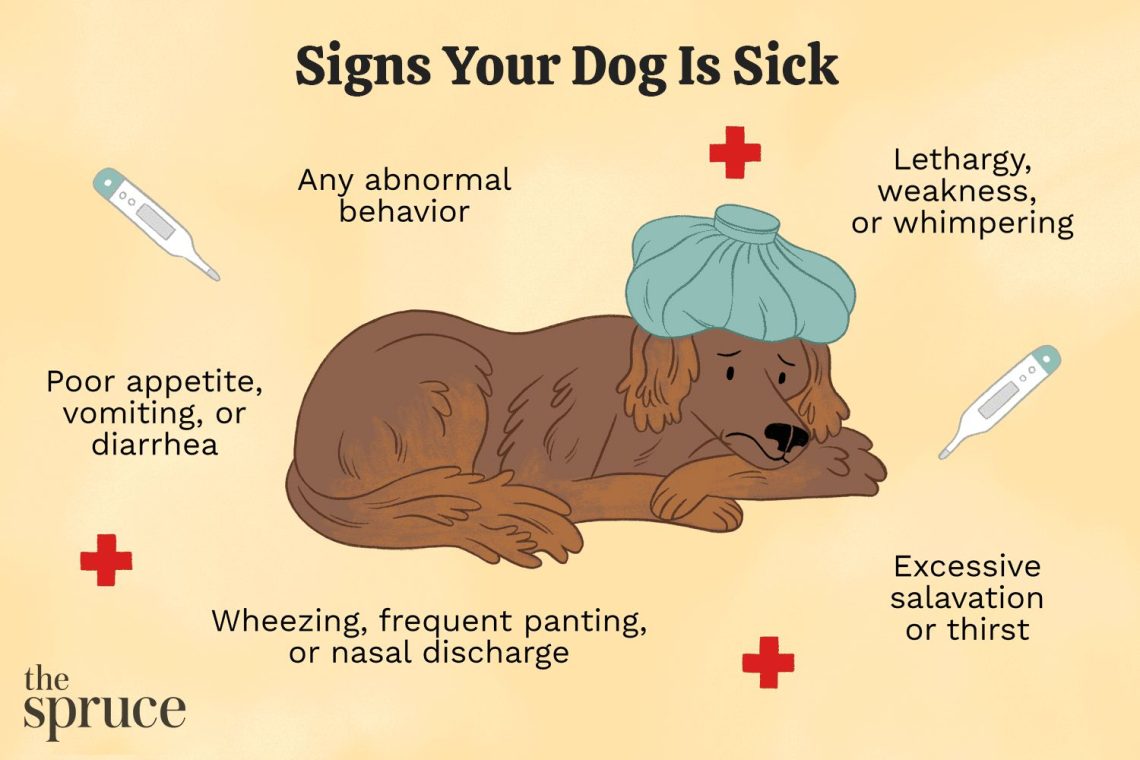
How do you know if a dog is sick?
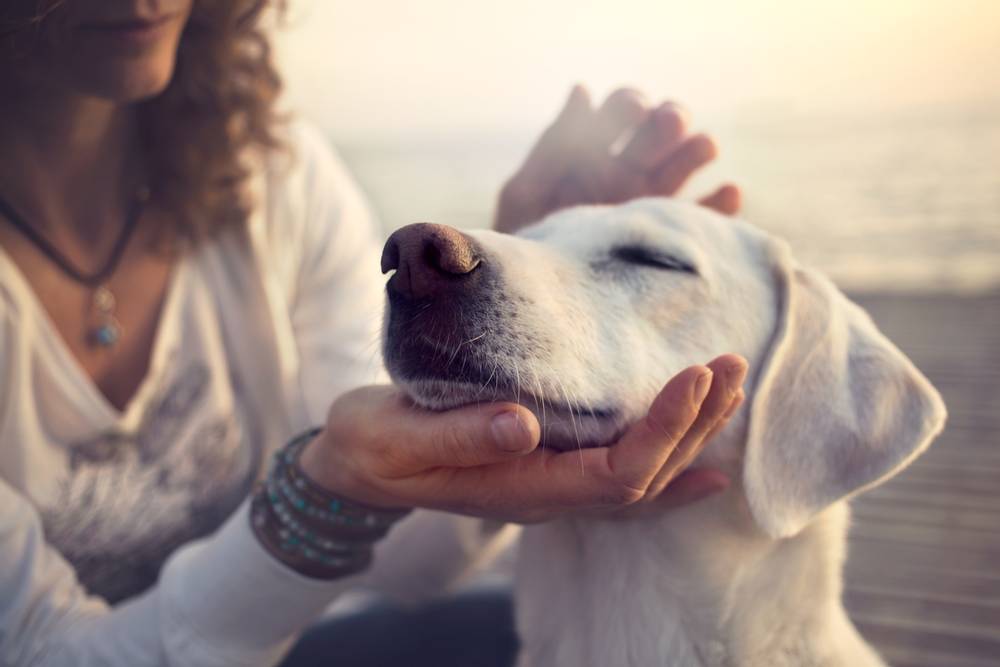
However, diseases do not always manifest themselves so noticeably, sometimes changes occur gradually and therefore are not so striking.
Dog owners should regularly conduct a systematic examination, which will help to identify abnormalities in the early stages of the pet’s disease and consult a doctor in time.
The principle of such an examination is very simple: you need to carefully examine the dog from the tip of the nose to the tip of the tail. So, the nose – without violations of the color and structure of the skin, without secretions; eyes – clear and clean, ears – clean, without secretions and unpleasant odors; gently palpate (palpate) the base of the ear and the entire head of the dog, determine if there is pain and change in shape. We open our mouth – we examine the teeth, gums and tongue (normal gums are pale pink, teeth without calculus and plaque).
We move along the body of the dog, feel the back, sides and stomach, evaluate fatness, note soreness, the appearance of swelling or neoplasms. In females, we carefully examine each mammary gland. We evaluate the condition of the genital organs, the presence of secretions, changes in size. We raise the tail and examine everything that is under it.
We raise each paw in turn, assess the condition of the pads, interdigital spaces and claws. We pay attention to the coat and the condition of the skin, note the uniformity of the coat and pay attention to pimples, scratching and changes in skin pigmentation.
We examine the dog for external parasites: fleas are often found on the back, at the base of the tail and in the armpits. Ixodid ticks like to attach at the base of the ears, on the lower part of the neck, under the collar, as well as in the armpits and groin.
In addition to the examination, we evaluate the general mood of the dog, the intake of food and water, the nature of urination and defecation, activity during a walk; observe how the dog runs and jumps, pay attention to any change in gait.
Trust your intuition! If no abnormalities were found during a home examination, but something is still bothering you, doubts and suspicions remain that something is wrong with the dog, then it is better to contact a veterinary clinic.
The article is not a call to action!
For a more detailed study of the problem, we recommend contacting a specialist.
Ask the vet
11 2017 June
Updated: July 6, 2018



